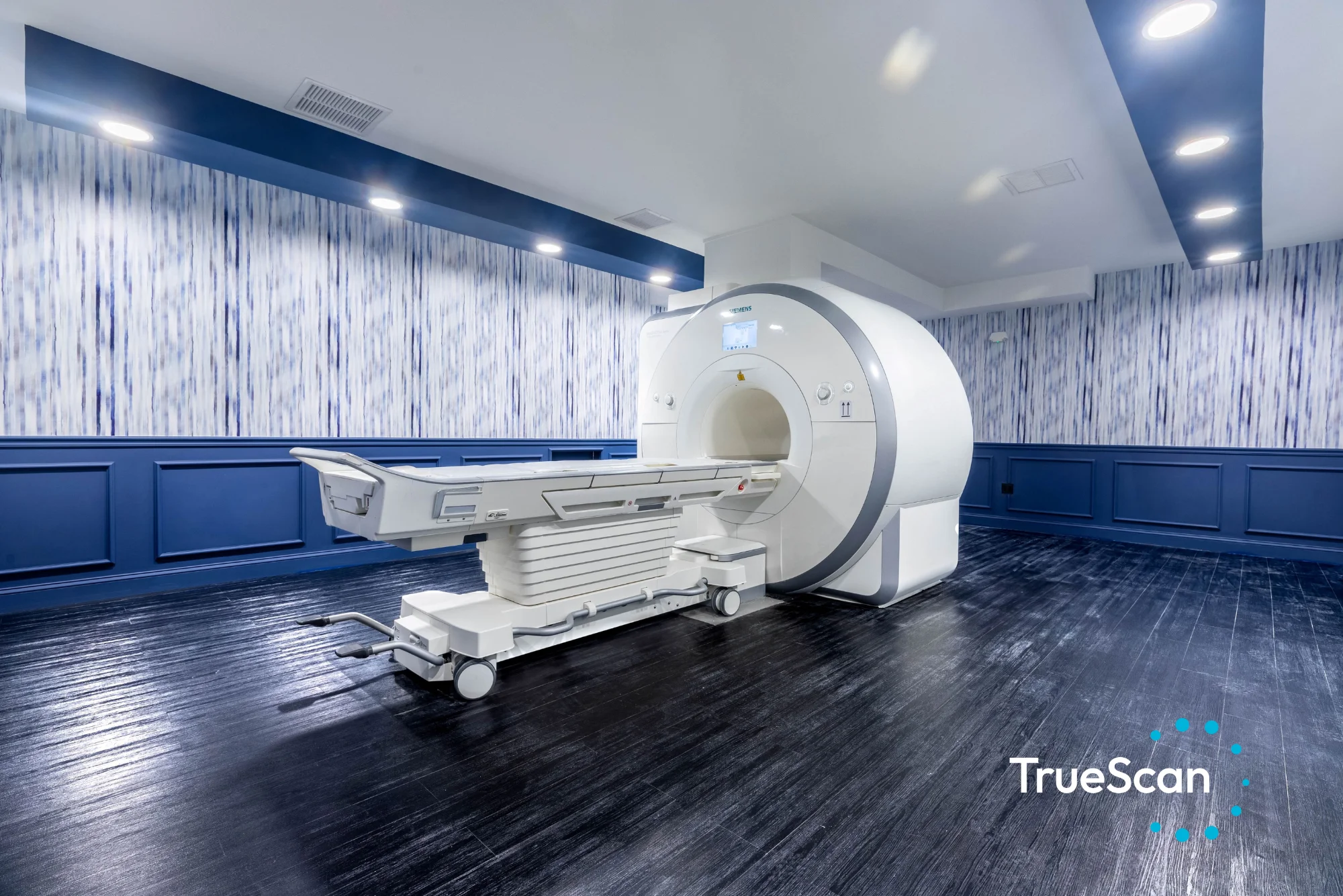
Almost everyone knows getting an annual physical is a good idea.
But what about an executive physical? Is it different from a regular physical, and if so, should you get one?
In this post, we’ll talk about what an executive physical is, what it entails, and what kind of physical we recommend for everyone, executive or not.
What Is an Executive Physical?
The term “executive physical” is essentially good marketing.
As the name implies, the “executive physical” originated as a perk companies offered to entice highly skilled, much-sought-after executives to join their team.
Companies would contract with particular clinics that offered comprehensive exams far beyond the usual scope of the annual physical. And the perk didn’t just serve the executives. From a hiring perspective, it also ensured that these talented individuals remained relatively healthy in their new jobs. It was a win-win.
Then and now, executives could typically expect a full-body tune up, including extensive blood work and a look at all the major body areas, including cardiology, neurology, respiratory, GI tract, metabolic health, and even psychology — and this all in one visit, versus multiple appointments at multiple specialist offices.
Further, executive physicals even helped to usher in concierge medicine. After executives experienced the more personalized and thorough executive physical, they’d ask, “Can I come see you when I’m sick, too?”
Physicians realized they could provide this “executive” level of care all the time, not just for one- or two-day exams.
How Is an Executive Physical Different From a Typical Fee-for-Service Physical?
The typical annual physical at a traditional fee-for-service practice provides a standard physical exam and routine blood work once a year. It checks you over for major red flags and gives a broad indication of your health status.
Executive physicals are much more thorough and also more individualized, both to the patient and to the practice.
On the patient’s side, the tests they receive vary depending on their age, condition, and circumstances. An 18-year-old wouldn’t get cancer screening, for instance, unless there was a strong reason to do so.
On the practice side, each has its own unique approach and philosophy. They might find certain tests more helpful than others, or they might have a specific targeted approach they follow. Or maybe they just like to take a comprehensive look into everything.
But every practice balances their approach with the “Do No Harm” tenet of medicine.
As physicians, we always have to ask if a test could do more harm than good.
For example, a new patient might go in for an executive physical just wanting to make sure their basics are in order. But if the physical looks into factors they don’t care about — say, genetics telling them they’re destined for disease in their 60s — it can do more harm for that person than good.
Some people want to have everything checked out at every visit because they want to know everything that’s going on, catch things early, and take a very active role in their health. Others only want to know the basics, and still others fall somewhere in the middle.
The point is, executive physicals are extremely personalized. They take the desires of the patient into account, asking:
- What are you interested in looking at?
- What are you not interested in looking at it? If not, why not? Let’s talk about that. What’s your fear?
- What experience did you have in the past that makes you not want to get a certain test?
Executive physicals gather data that’s useful for the patient as well as for the physician.
Who Should Get an Executive Physical?
Executive physicals are a great idea for anyone who wants to explore the whole body approach to medicine. Preventative testing and care can be life-changing, and that all starts with being aware of what’s going on in your body.
We also strongly recommend developing a close, ongoing relationship with your physician and visiting regularly. If you’re not a member of a concierge practice, you can still get an executive physical at certain specialized facilities, like Mayo Clinic and Cleveland Clinic.
Our Iteration of an Annual Physical: Building the Foundation for Optimal Health
At Griffin Concierge Medical, while we view annual physicals as important, we believe regular visits throughout the year and a strong doctor-patient relationship are the most crucial components of health maintenance. In a way, our members’ relationships with us can be considered part of an ongoing physical.
So, rather than offering just a two-day executive physical that gathers a huge amount of information but isn’t part of a bigger picture, we start relationships with members. We get to know them and find out exactly what they need. We still provide that extremely personalized level of service you get with an executive physical, but then we continue to provide it throughout the year.
It’s a little bit like a marriage. You don’t just throw a huge wedding party for a day or two and then part ways. You continue to cultivate that relationship and put in effort all year. Otherwise, the relationship isn’t really working.
Then, after a year passes, you celebrate your anniversary — in this case, the annual physical. Annual physicals provide useful reflection points where together we look back at the year behind and set goals for the year ahead.
When members come in for an annual physical with GCM, they can expect a comprehensive look at their health, including:
- Physical exam
- Routine diagnostic tests, such as an EKG
- Comprehensive lab panel
- Body composition
- Vaccinations appropriate for age and circumstance
- Psychological screening for issues like depression and anxiety
- GRAIL Galleri test to screen for different types of cancers
- Well-woman (gynecological) exam
- Precision referrals for relevant testing such as cardiovascular screening, colonoscopy, whole-body imaging, and anything else identified during the visit
- Cognitive screening with CognICA, a new early detection test for signs of dementia and cognitive decline
- Precision testing tailored to individuals showing signs of conditions like sleep apnea and arrhythmias
Not every member needs every test every time, but the annual physical checks on each member’s foundation of health. When we get a good idea of the starting point, we can then optimize care to help members meet their health goals.
Why a Physical Isn’t Enough on Its Own
Have you ever heard this story: Someone dies of a heart attack, and everyone says, “But he just saw the doctor two days ago!”
Life happens on its own schedule. We don’t get to choose when something like a heart attack or stroke occurs. If it has to happen, we’d prefer it to happen while we’re at the doctor’s office, or in the ER. But usually it happens at the wrong place and the wrong time.
Physicals give us the opportunity to collect great data on your health, but that’s only once a year. It’s equally important to regularly see a physician you can stay in close contact with for the rest of the year. That way, you can proactively monitor your health — and when something concerning does show up, you can troubleshoot those findings together.
This is what’s so broken about most conventional (fee-for-service) primary care right now. Doctors don’t have the time to spend getting to know their patients, and often can’t see the full picture. It’s a transactional system, and it sacrifices the doctor-patient relationship.
And that relationship is crucial. Not only does it allow us to spot problems in the early stages, it also provides the foundation for the successful pursuit of members’ health goals.
That’s part of what we love about our practice: We get to know each member so well that we move beyond sick care into true health care. We’re not just putting out fires; we’re helping you live life to the fullest.




